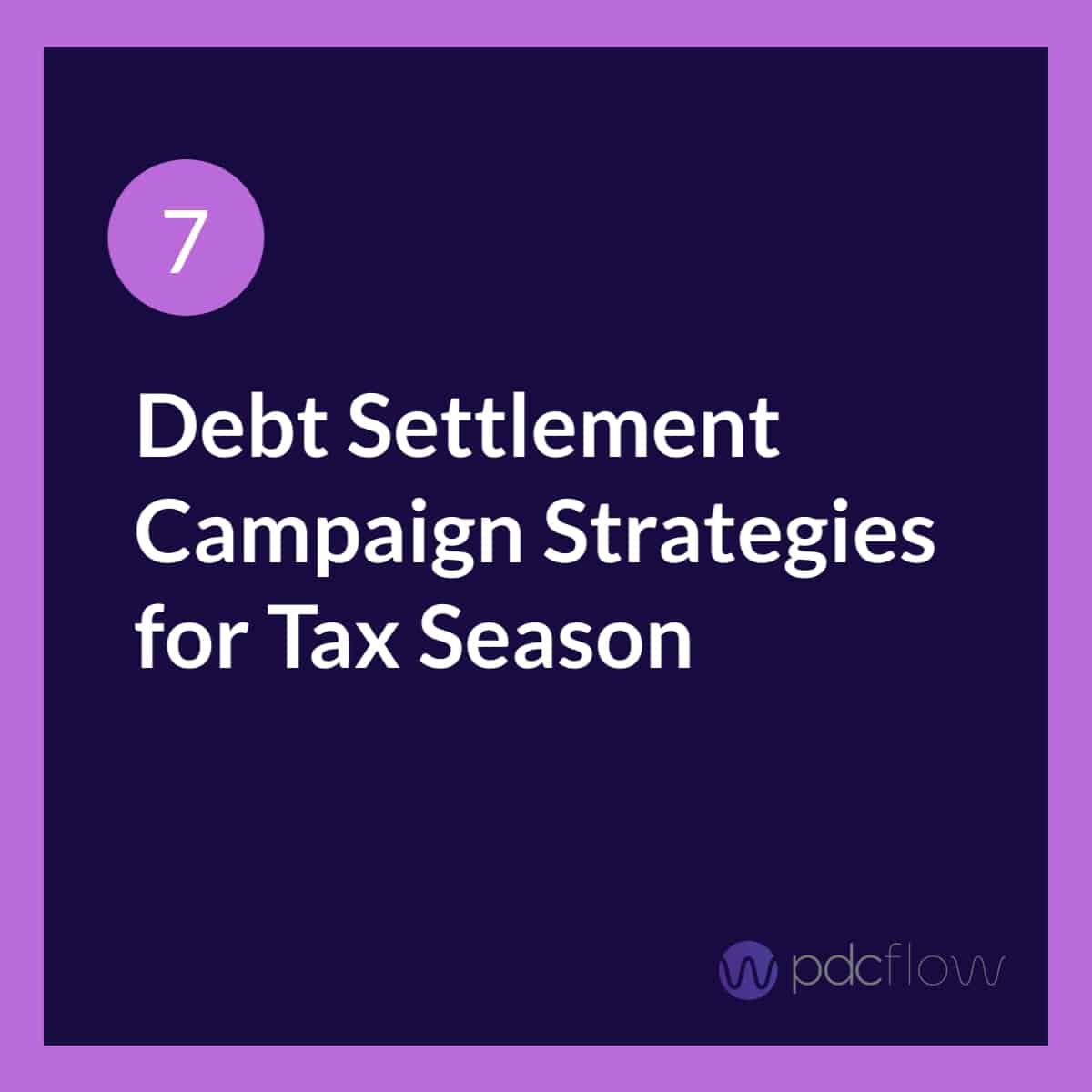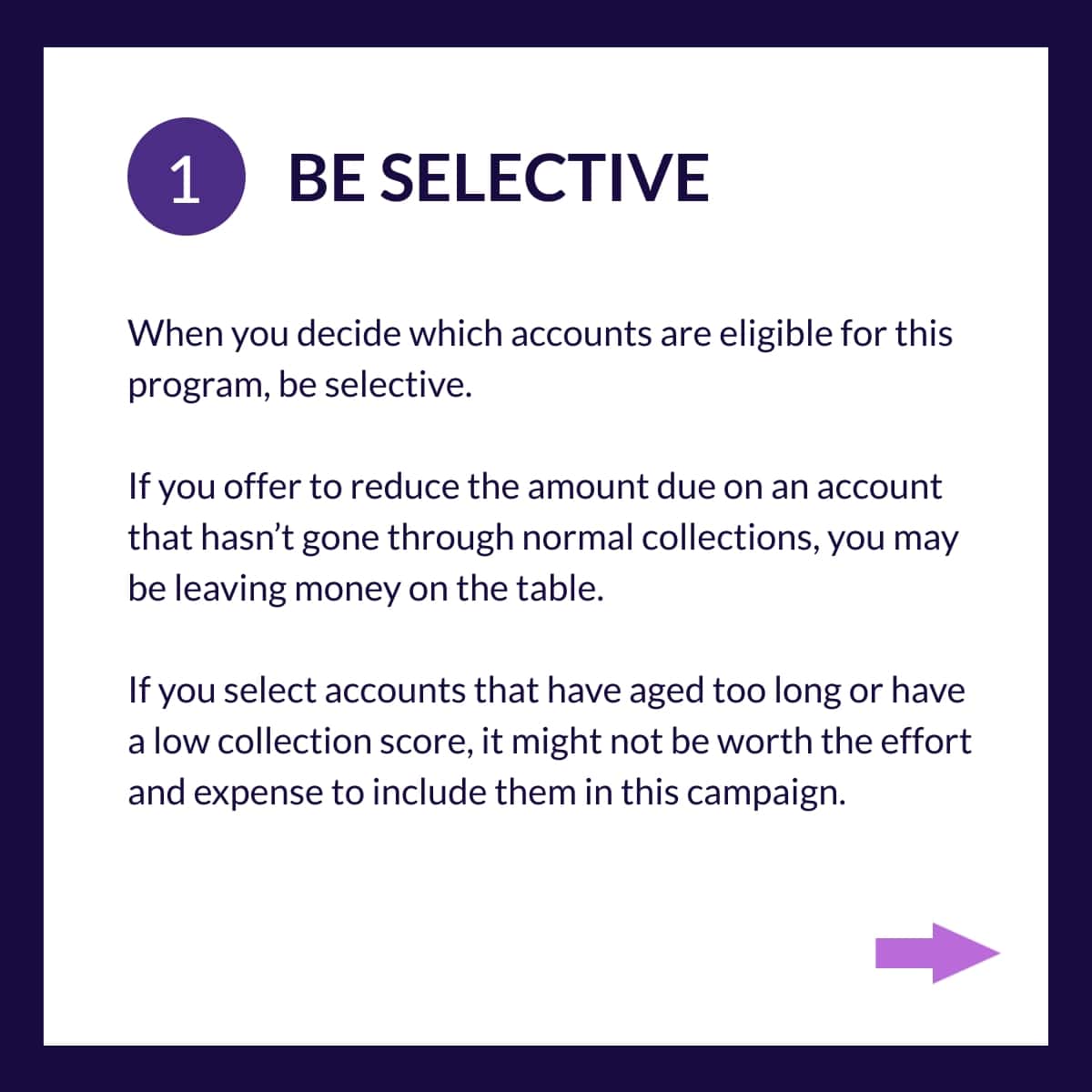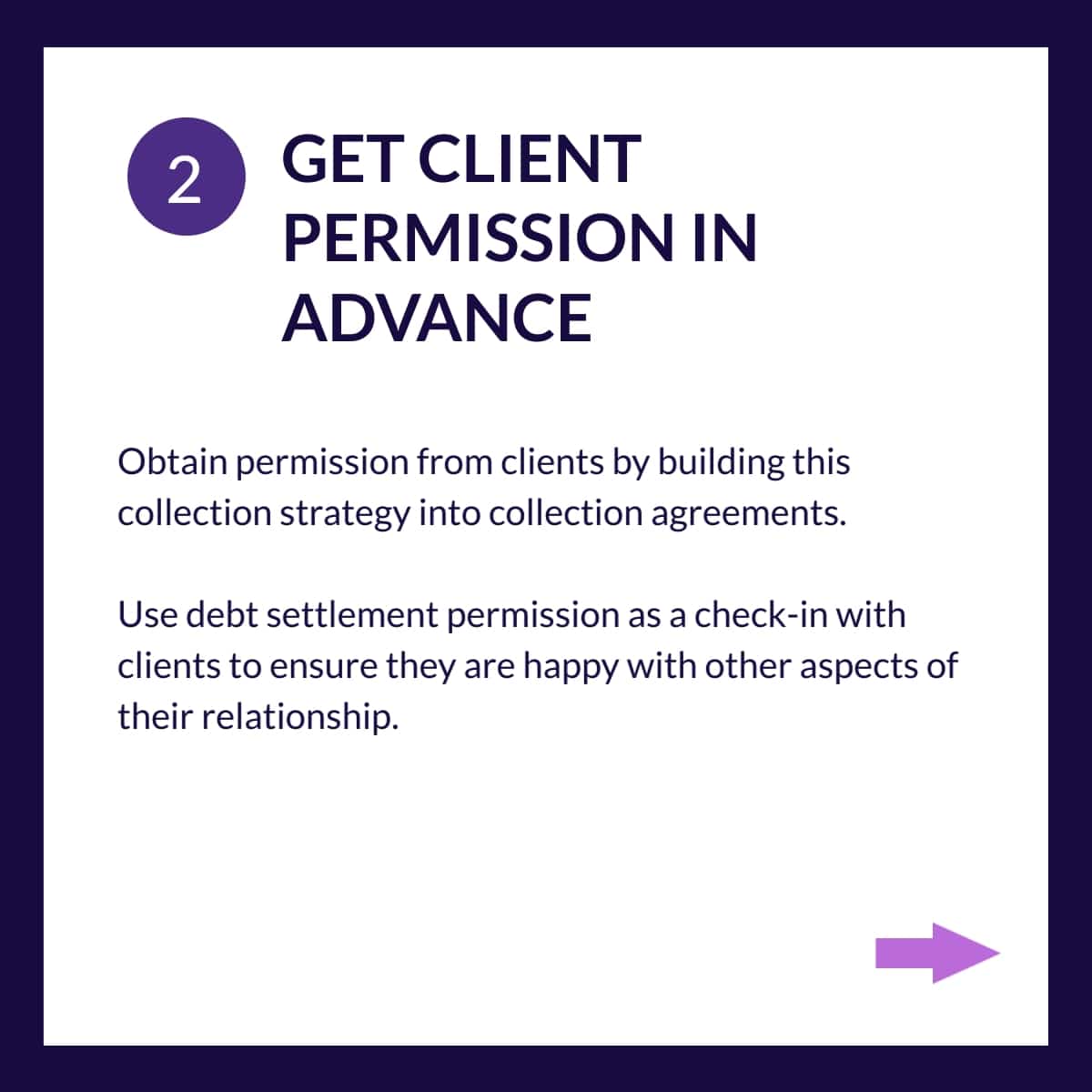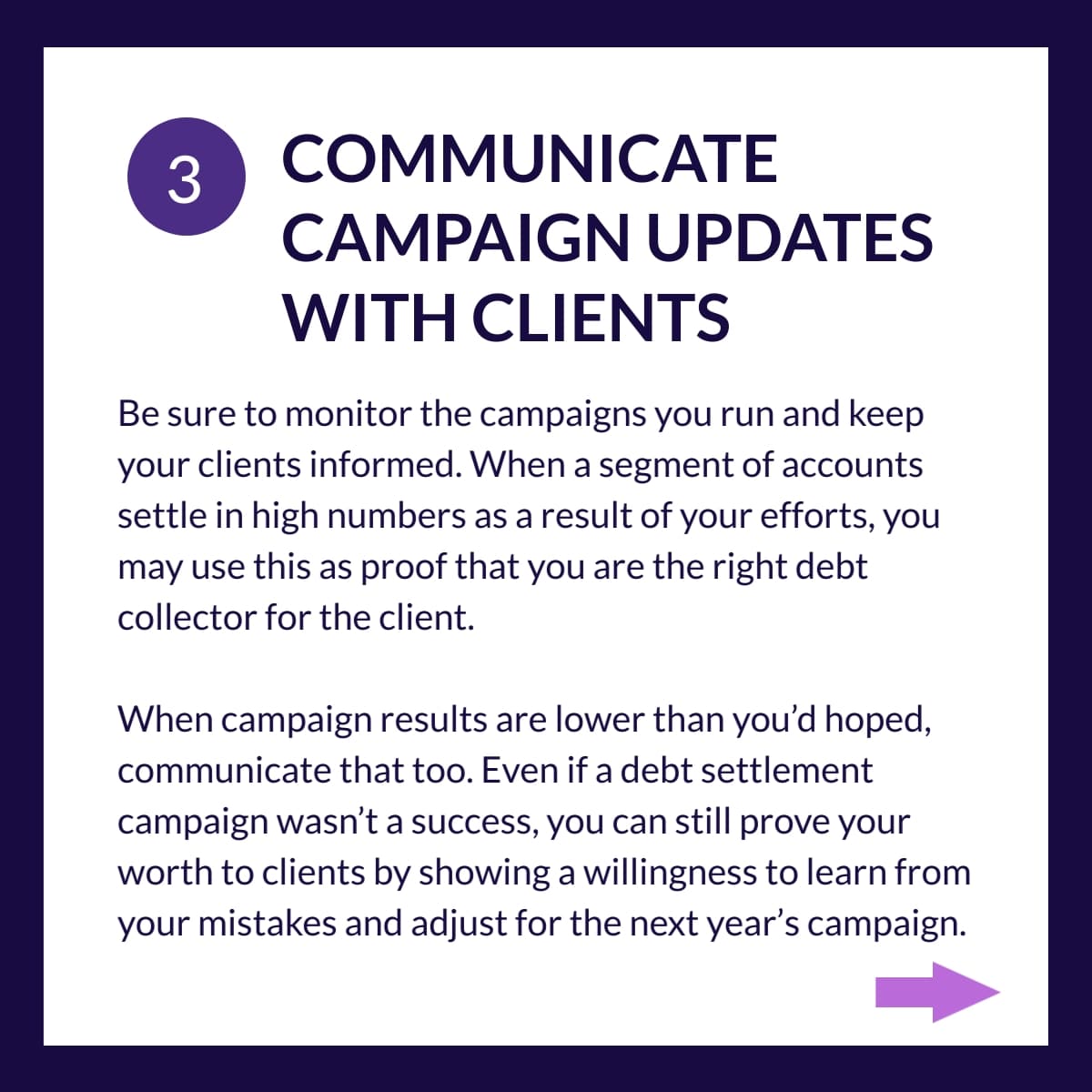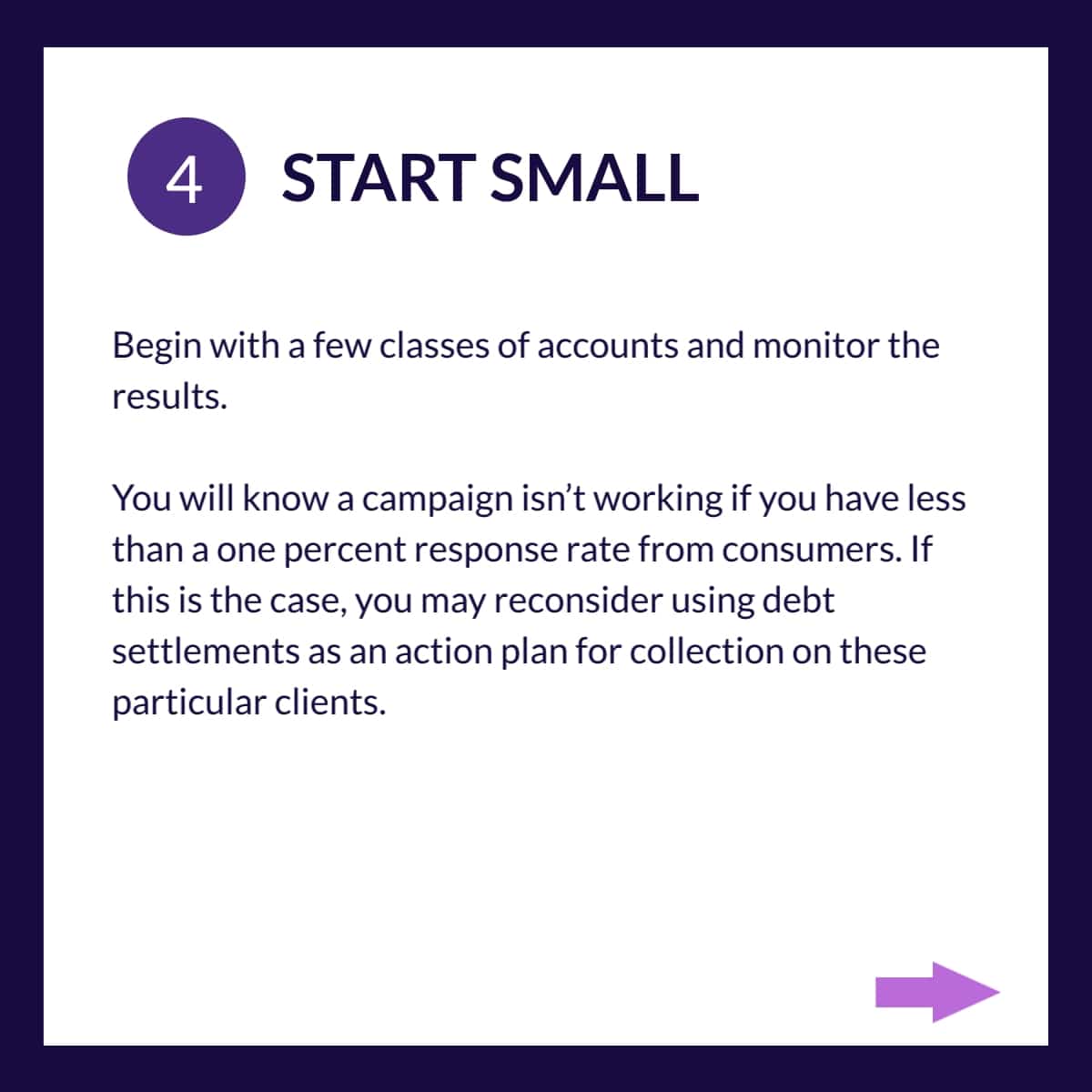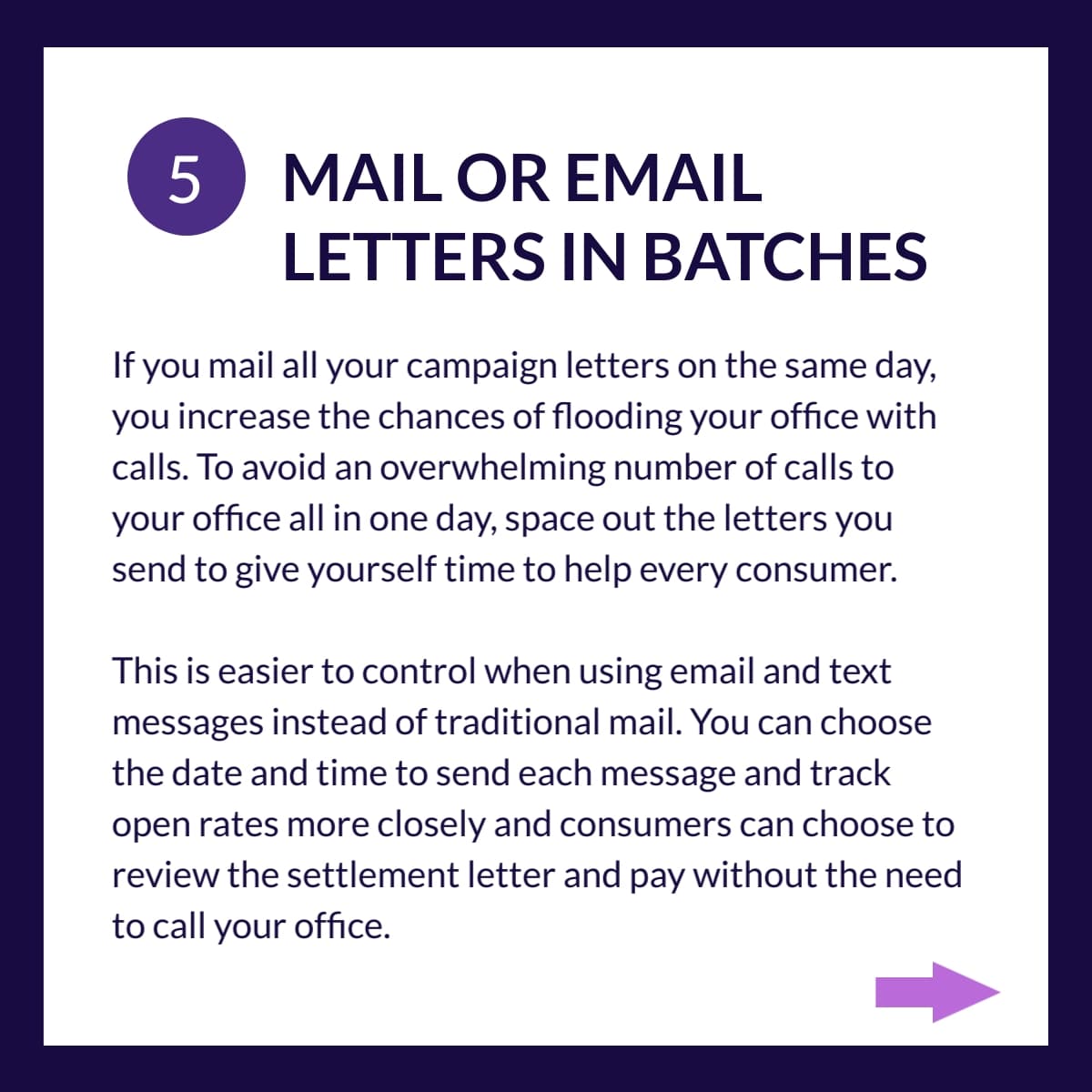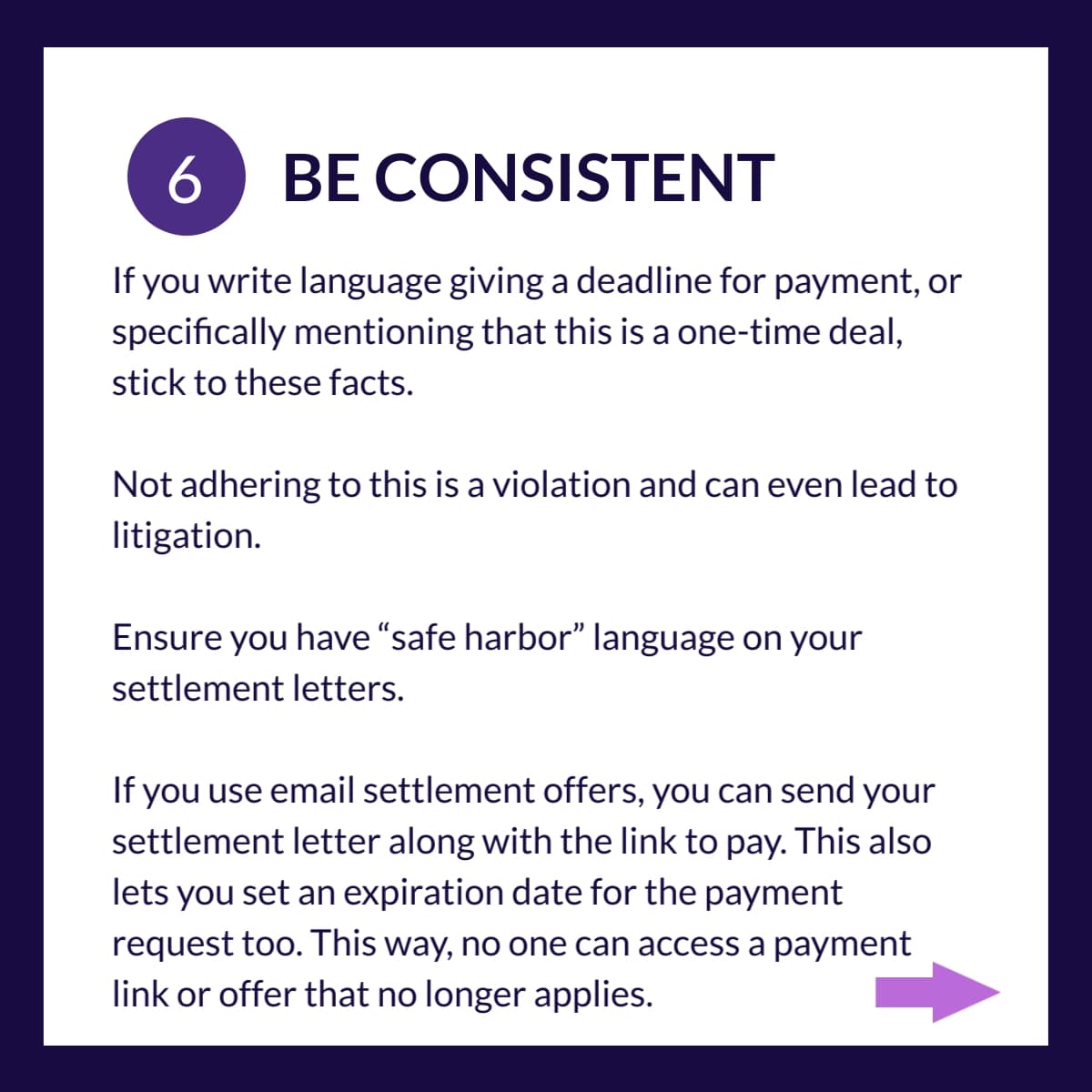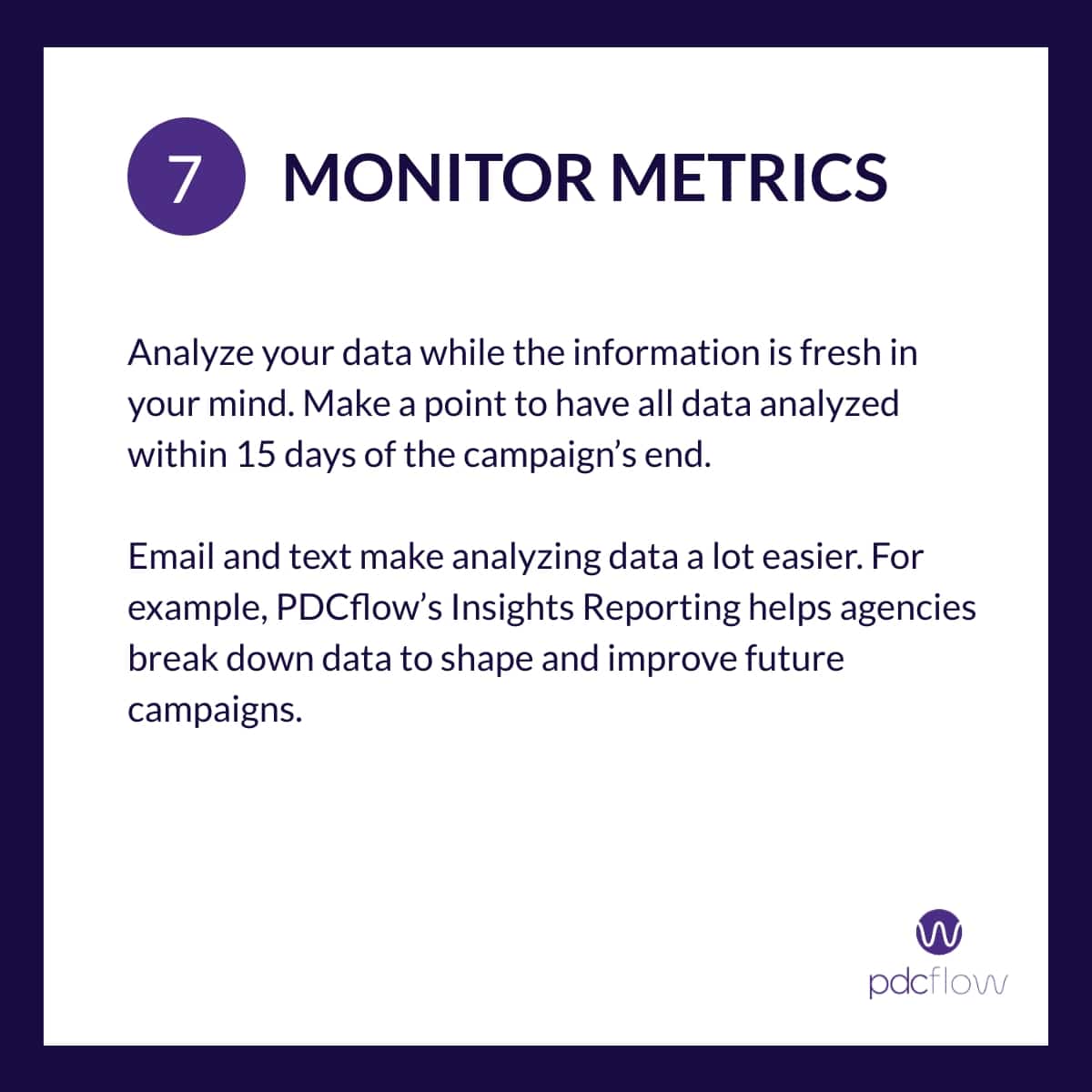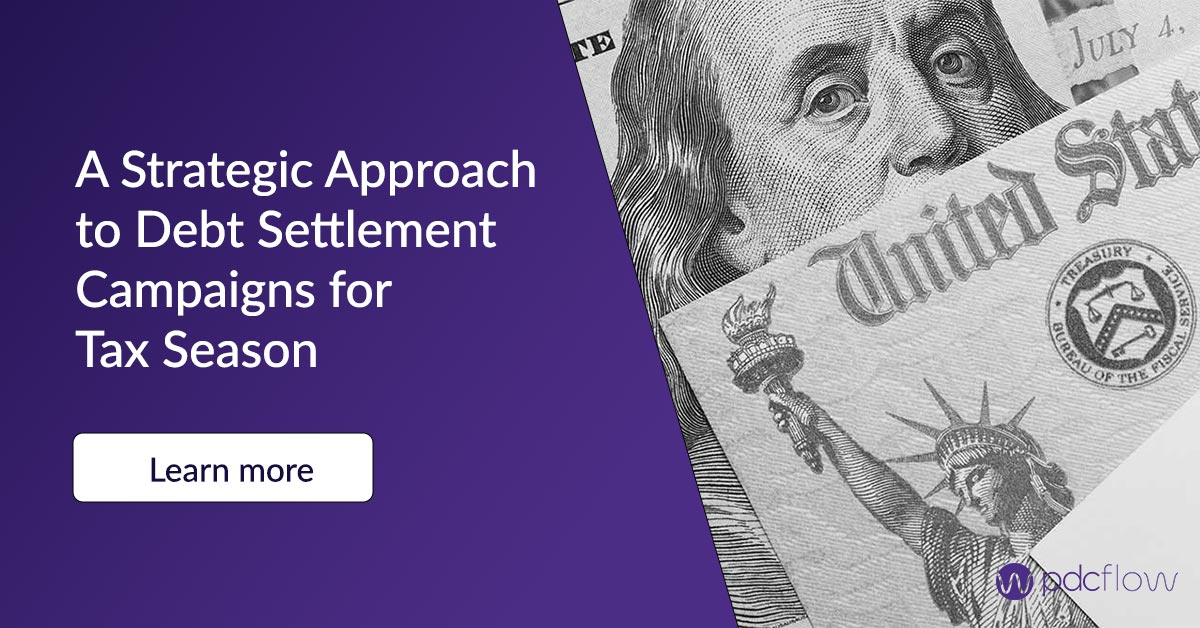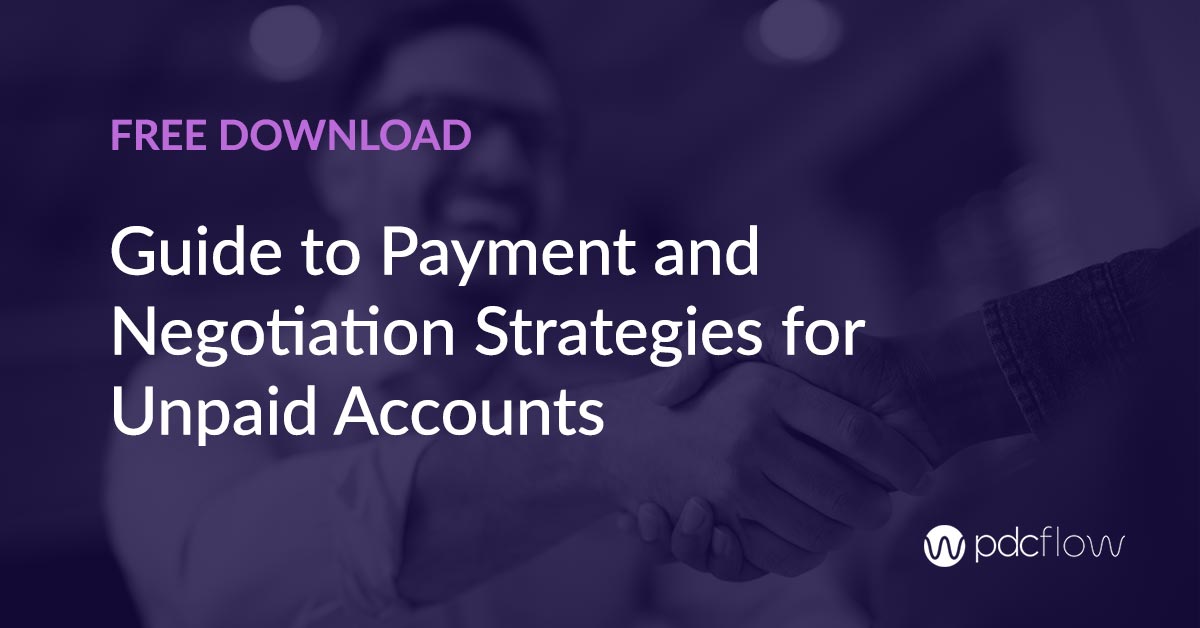For many consumers, a tax return is the perfect opportunity to take control of outstanding debts. That’s why tax refund season is one of the busiest times of the year for debt collection agencies.
Does your agency take advantage of tax refund season to boost revenue and close more accounts? Lots of companies might want to establish a tax time collection campaign but don’t know how to prepare. Here are three ways to enhance your upcoming tax season debt collection efforts.
Update Your Compliance Management System
Most companies have some type of compliance management system that addresses the policies, procedures, and work instructions that must be followed. When was the last time you delved into the ones created for your office?
It is usually suggested that policies, procedures, and work instructions be updated as issues arise. After a problem occurs, you should conduct a root cause analysis to understand exactly why the issue happened. You can use your findings to locate the current policy, procedure, or work instructions and update it to include newer or more thorough guidelines.
DON'T WAIT FOR A PROBLEM
REVIEW NEW RULES AND COURT DECISIONS
How a business or institution:
- Learns about its compliance responsibilities
- Ensures employees understand these responsibilities
- Ensures that compliance requirements are incorporated into business processes
- Review operations to ensure responsibilities are carried out and requirements are met.
- Takes corrective action and updates policies and procedures as necessary.
Prepare Your Staff for Tax Refund Season
HIRE AND MAINTAIN YOUR EMPLOYEES
Project how many collectors you may need, and start the hunt early. Give yourself the time to evaluate candidates properly so you are not forced into a snap decision. The last thing you want is to hire someone you later regret having on your team.
Evaluate your hiring and employee retention practices to be sure you choose quality people and hold on to them once they’re established. If you don’t already, consider conducting regular check-ins with employees to identify and fix trouble areas before you’re too busy to do so.
TRAIN/REFRESH YOUR STAFF
Training new staff is a must. If possible, try to get most training completed before tax season begins. Take this time to refresh current agents too. Reiterating the rules can save your compliance and consumer satisfaction from taking a hit when business picks up.
- Ensure staff has access to policy and procedure materials that pertain to them. Having the materials readily accessible will empower employees to help themselves before seeking advice from managers.
- Prepare your staff for higher risk of call baiting and other difficult scenarios. When pressured by higher than usual volume, agents are more likely to make a mistake. Reminding how to identify and respond to call baiters may keep you out of needless legal trouble later.
- Include support staff in pertinent training. Reception and other departments besides the collection floor may encounter consumers from time to time. Include them in any necessary training, so they’re ready too.
Roll Out or Fine-Tune Your Tax Refund Debt Collection Campaign
Resolving accounts is usually easier during the spring due to the extra cash people receive from their tax returns.
You might see even higher revenue during tax refund season if you get permission from your clients to offer limited time discounts on the amount select consumers owe (for instance, 10% off their original debt).
Some agencies do this on a large scale at tax time and refer to the process as a debt settlement campaign.
There is a lot involved in creating and running these programs. Here’s a high-level view of the considerations involved.
BEFORE STARTING A TAX REFUND SETTLEMENT CAMPAIGN
Before you offer to resolve consumer debts for less than they owe, speak to your clients. Some may be interested in the higher return the program could yield. But other clients may not want to offer this type of deal to their consumers.
If you get permission to go forward, be ready to do some serious planning before you implement your campaign.
- Don’t start too big. Choose just a few classes of accounts to start, and analyze, analyze, analyze!
- Also, understand that settlement campaigns don’t work on every type of consumer or with every type of debt. If you see less than a one percent response rate to the campaign, reconsider settlement for that particular client or class of account.
- Arm yourself with the right tools to choose the campaign candidates.
TAX SETTLEMENT CANDIDATES
If you already run a tax season debt settlement program, you’re ahead of the game. But there are ways to make this year’s campaign your most successful one yet. The key is in choosing the best settlement candidates to target.
- Don’t choose accounts that are too young or too old. If you pick accounts that are too new, you may be losing out on the chance to collect the full amount owed. If you choose accounts that are too old, you may be wasting your time on a debt that’s too difficult to collect. Many agencies aim for an account age of between nine months and three years.
- Don’t include consumers who are on payment plans, but do consider those who have made past payments and have since stopped.
- Consider candidates you’ve previously contacted and failed to collect from. Looking up the collectability scores of these consumers helps you make sure you are not wasting agent time on a lost cause.
One last note about running successful tax time settlement campaigns: refrain from using the word settlement with consumers. It can make them think of the legal term, and confuse or concern them unnecessarily. Discount, deal, or offer might be more easily understood.
EMAIL AND TEXT FOR CAMPAIGNS
Email and text channels are cheaper and more effective than traditional mail for engaging consumers.
For a successful tax time campaign, agencies need to send offers, payment reminders and other communications through digital channels. Why?
- Phone calls are ineffective. Scams are now so prevalent that most consumers do not answer an unknown number.
- Email and text are easier for consumers to take action on. The easiest way to take care of a bill is from an email or text message reminder that includes a link to pay.
- Digital messages come with reporting. There’s no way to know how many people are engaging with the bill you send in the mail unless they call in or pay. Digital messages give you more information to work with.
PDCflow for Better Collection Campaigns
Along with our payment processing services, PDCflow offers email and text messaging options that are cheaper than mail and make it easier for consumers to pay their debts. With our software, your agency can:
- Send messages with a payment link, so consumers can pay online. Send individually, or in bulk to thousands of recipients.
- Receive event notifications to know who opened a message and completed a payment request – or see which ones failed and should be resent.
- View detailed Insights Reports to track payment trends. Data is the best way to know how a campaign performed. Use PDCflow’s reporting to better understand your business.
Want to know more about PDCflow’s payment, esignature and messaging features for debt collection? Set up a call with a PDCflow Payment Expert today.


